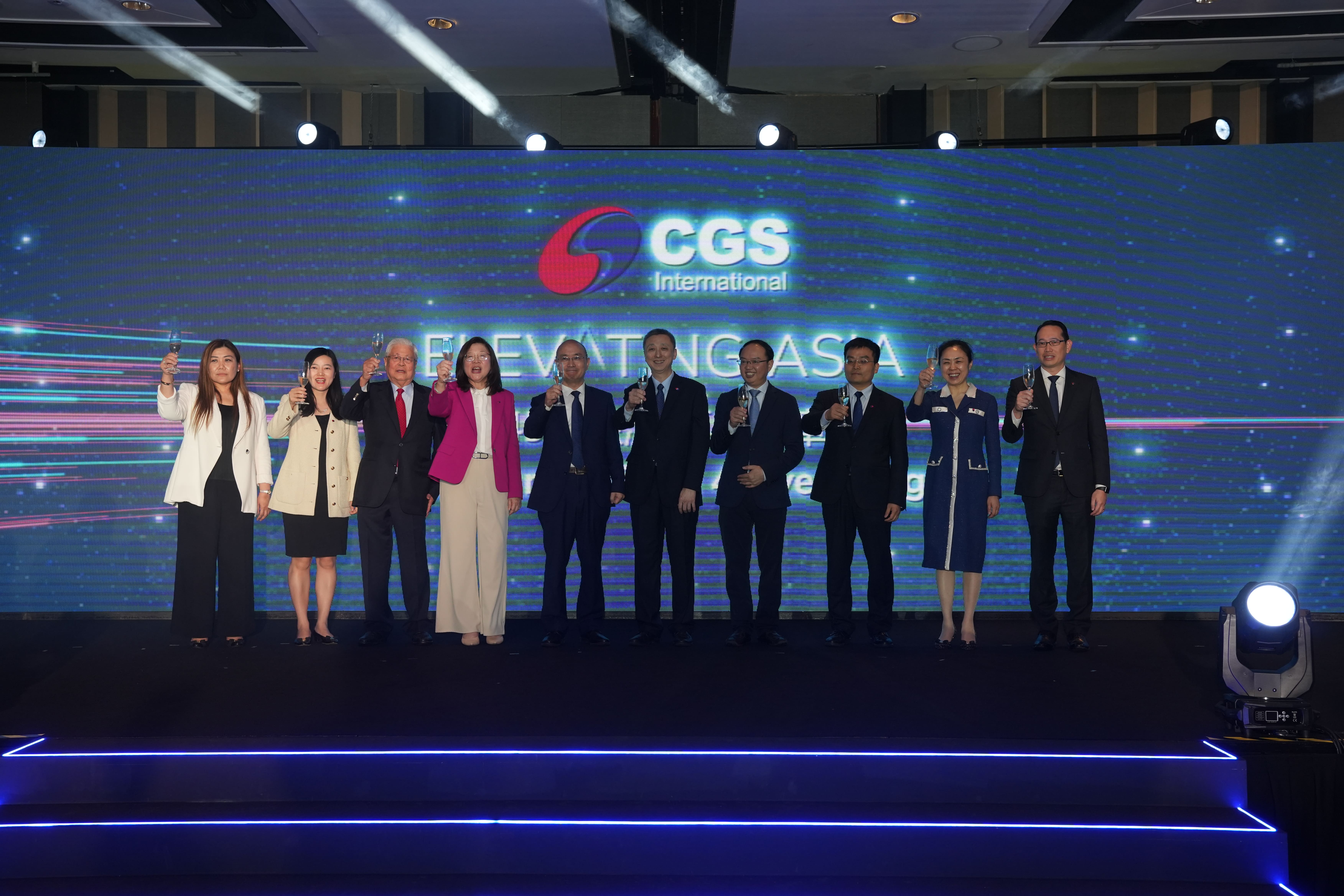Diversified alpha, which can generate positive returns in most investment environment, is probably the strategy portfolio managers need to help manage risks amid unpredictable markets.
“The strategy is designed to find and identify stocks, which are likely to outperform or underperform in different investment environments. Having the ability to offset and generate an asymmetric and uncorrelated return is really at the heart of the diversified approach,” advises Justin Wells, investment director, global equities team, of Old Mutual Global Investors (OMGI).
For OMGI, diversified alpha means using five separate stock selection criteria – each designed to work independently of each other. Within its portfolios, OMGI could be owning both value shares and growth stocks at the same time.
Currently, OMGI has US$7 billion assets under management (AUM) in its global market neutral strategy and US$1.5 billion in it global long only strategy.
OMGI stocks under a diversified alpha strategy are based on dynamic valuation and sustainable growth. Other stock selection criteria include analysts sentiment, company management, and lastly, company information or so-called “technicals”.
Seeking value stocks, or stock that tend to trade at a lower price relative to its fundamentals, is at the core of its dynamic valuation criteria. OMGI also selects stocks that have solid and robust financials. Blending value stocks with shares that have strong financials is necessary to offset the risk that comes with investing solely in value stocks, says Wells.
“We look at value as an investment style, however we don’t simply rely on sheer value per se to select our stocks because if we did that we have to acknowledge there will be periods of time of when the market simply doesn’t reward value. So in order to mitigate that effect we will use along side value stocks, other stocks that we consider to have solid, robust balance sheets. We’re using dynamic valuation as a risk proxy,” he adds.
Another criteria is sustainable growth, which exploits what OMGI considers to be an inefficient pricing mechanism in relation to high growth companies.
“We focus our attention on identifying high growth stocks that have generated and are likely to continue to generate more consistent, steady, sustainable growth versus those companies that have an erratic, inconsistent approach to generating growth and are more likely to disappoint the market going forward. That’s how we use sustainable growth,” Wells says.
In terms of “analyst sentiment” OMGI uses the sellside analysts as an information source into the market, to extract alpha, price arbitrage, and through short-term mean reversion strategies.
“The two (extract alpha and price arbitrage) are effectively mutually exclusive, one will work better in a benign environment for equities, the other in a more traumatic market environment so offsetting the overall stock selection criteria at the top level,” Wells says.
OMGI uses information from “company management”, its fourth criteria, to analyze the decisions made by company management teams in the past, as well as to score or rank companies in its investment universe based on the quality of their management.
“These first four criteria focus very much on the fundamentals of the company, but this is much more inclined to analyzing the types of stocks that investors are likely to want to buy in a certain market environment,” adds Wells.
The fifth criteria taps into technical information or technicals that complement the momentum or a trending strategy used in low volatility environment.
“All of these five selection criteria have been designed to be independent of one another. They are designed to act and react to different types of markets. So we use a very dynamic weighting scheme that we apply between each of the five. And that varies depending on the overall market environment that we find ourselves in,” Wells explains.









